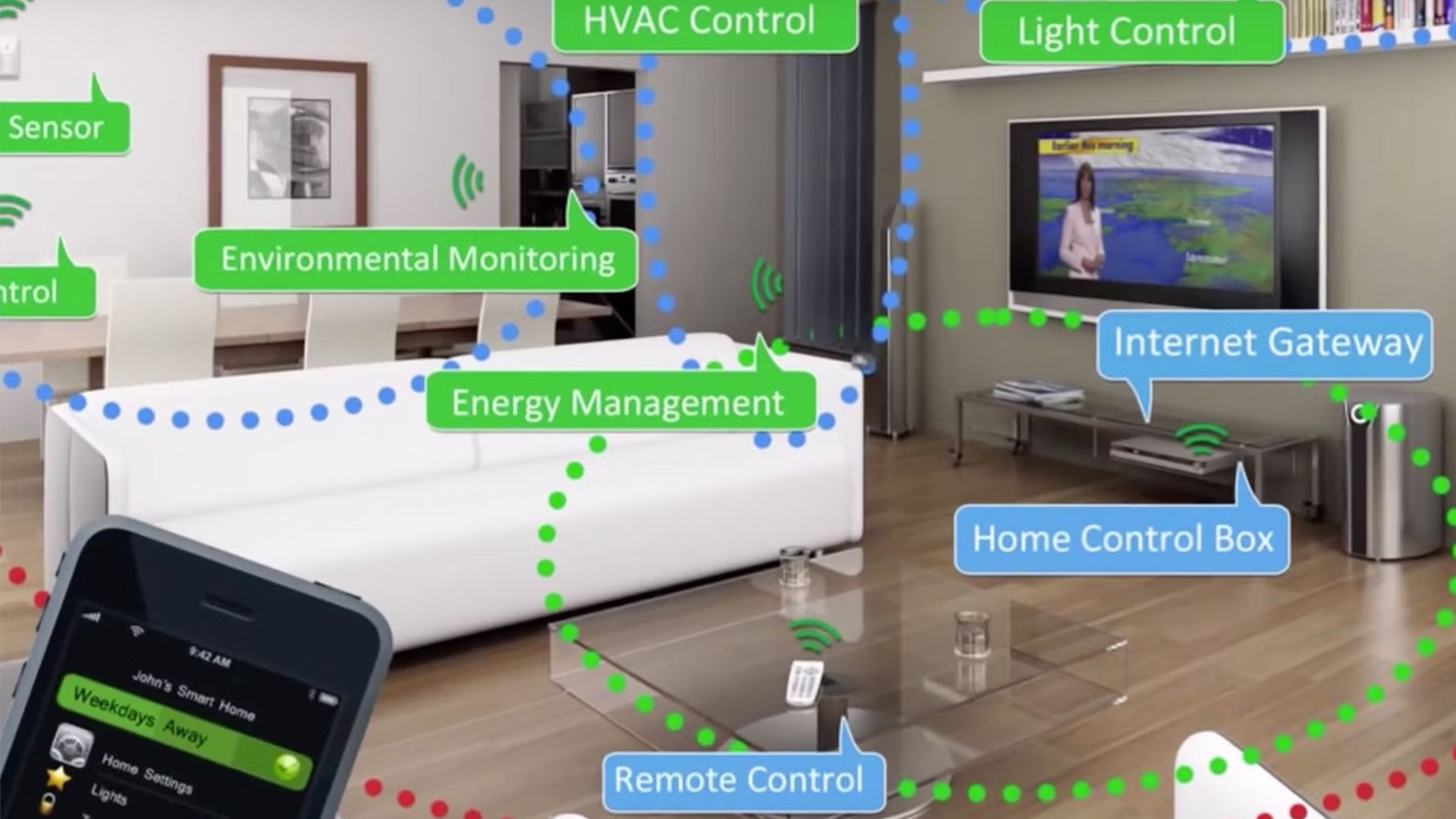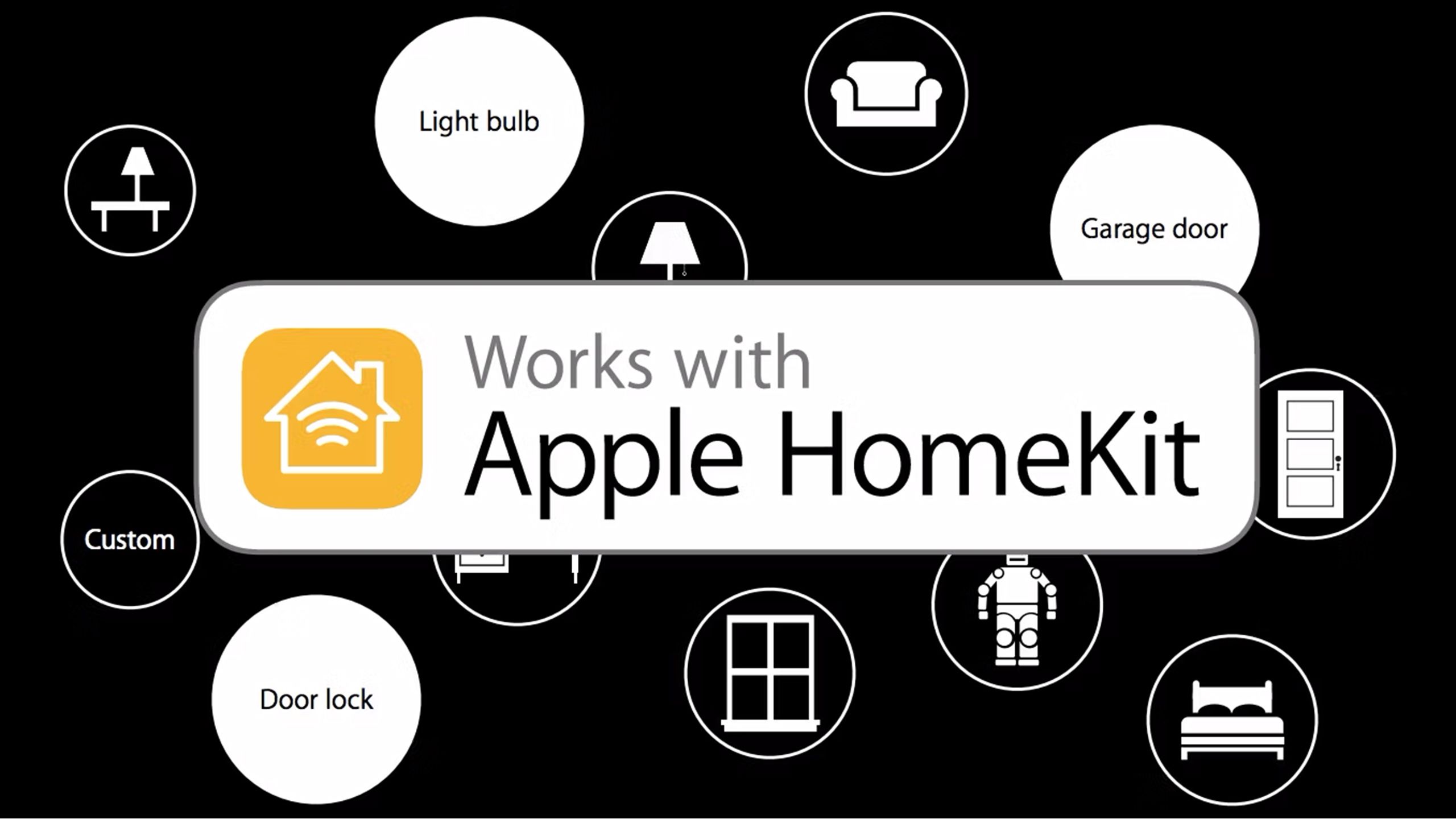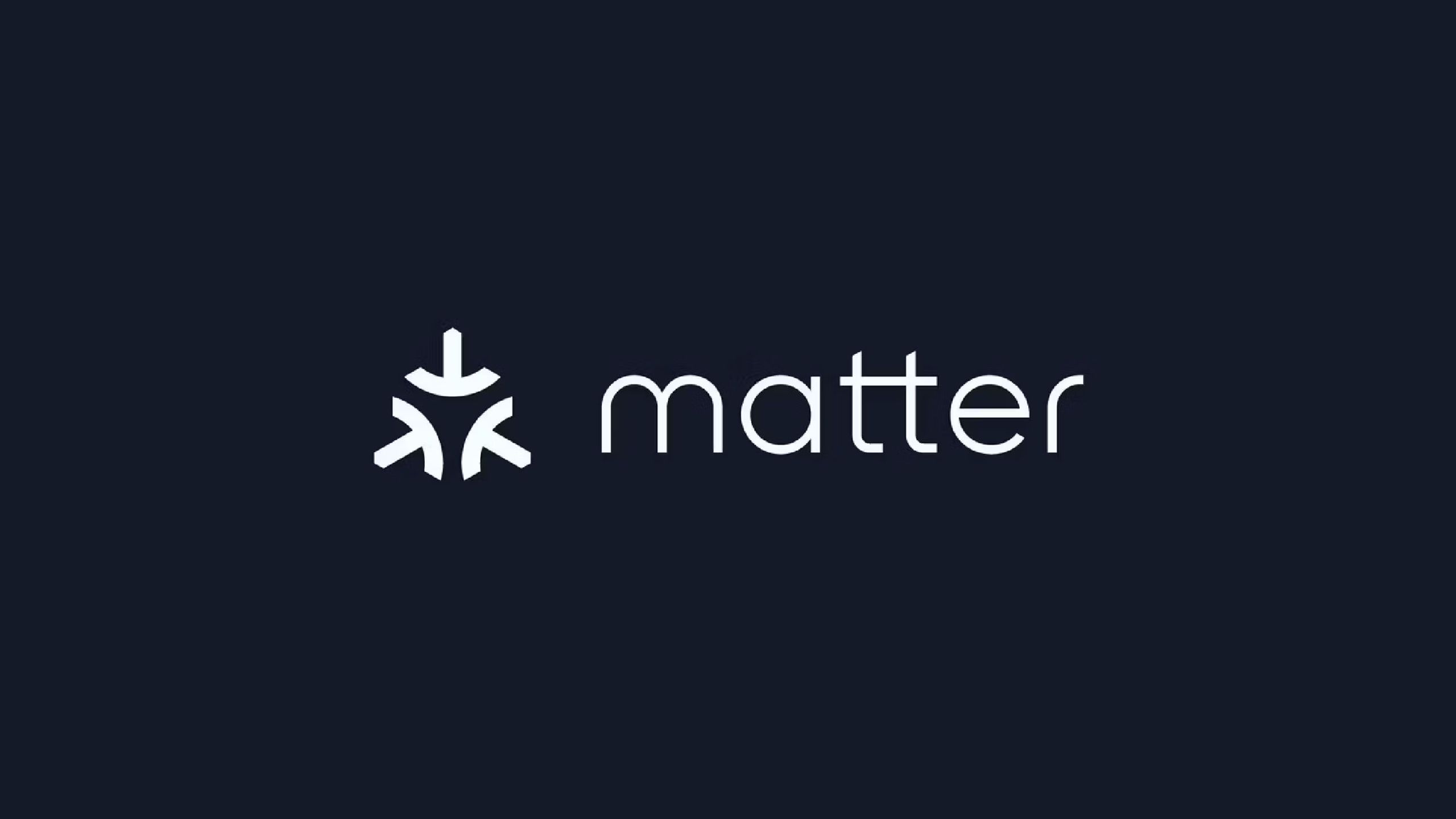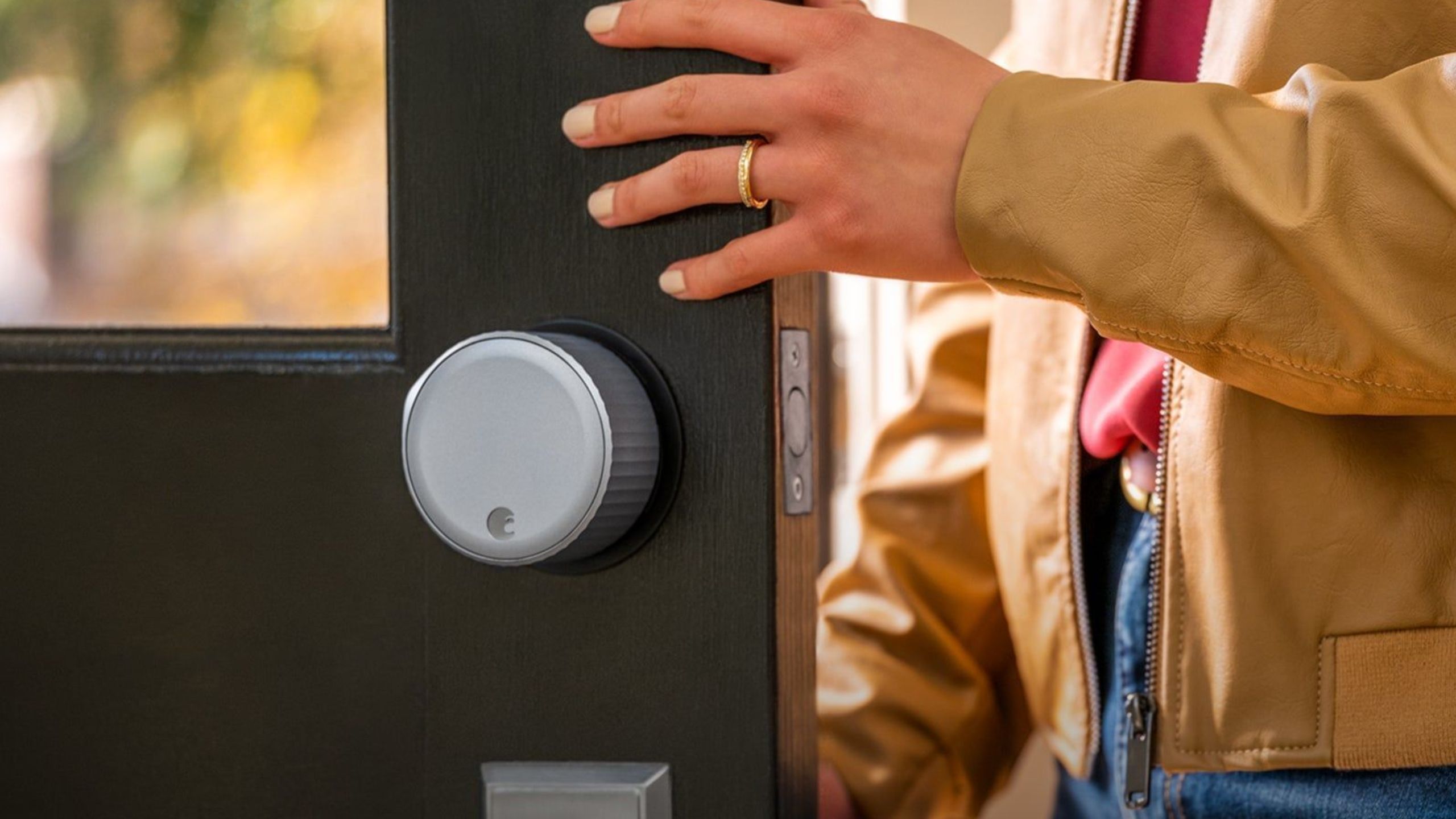Key Takeaways
- The Thread 1.4 update enables devices to join an existing network, and adds cloud connectivity.
- The complexity of smart home tech continues to grow with various protocols, making device compatibility challenging.
- Matter aims to create a unified language for smart home devices but faces limitations and requires time for widespread adoption.
Buying smart home devices isn’t always easy. You might find the perfect device for your needs, only to find that it doesn’t work with your Apple Home setup. You might buy a device that says it works with Alexa, only to discover that the Echo devices you have at home don’t support Thread and can’t communicate with your new purchase.
It shouldn’t have to be this way. The dream is of a world where no matter which smart home system you use, or which smart home devices you buy, everything “just works” and is quick and easy to set up. Sadly, we’re still a long way from that point.
Progress is being made; projects such as Matter are attempting to create a unified language for smart home tech. Thread, a communication network designed with smart home tech in mind, has recently released a new update that adds useful new features to the standard. The trouble is that with all the good intentions in the world, we’re still a long way from a smart home utopia.
What is Thread, and why does it matter for your smart home?
Thread is a better way for smart home devices to communicate
Thread is a low-power wireless network technology that allows smart home devices to communicate with one another. There are various methods that smart tech can use for communication. Many smart home devices use Wi-Fi to communicate, but it’s not ideal because it requires a lot of power, making it unsuited to battery-powered devices. It also has range limitations, since every device needs to be within range of the router in order to communicate.
Other protocols exist that try to get around these issues. Zigbee uses mesh networking. This allows devices on a Zigbee network to talk to one another without having to connect directly to the hub. It means that you can place devices as far away from the Zigbee hub as you like, and the other devices in between will pass on the necessary instructions. Zigbee also uses much less power than Wi-Fi, making it suitable for small battery-powered smart home devices and sensors.
Thread is a similar low-power mesh networking communication protocol designed specifically for Internet of Things (IoT) devices. As with Zigbee, it’s suitable for battery-powered devices, and the mesh network is self-healing, meaning that if a device goes down, the information can be rerouted through other devices. Unlike Zigbee, which uses a proprietary mesh network system, Thread uses the same IPv6 internet protocol that’s used on the internet.
What is the Thread 1.4 update?
Thread has introduced some significant improvements
Thread Group
In September 2024, Thread released a new update: Thread 1.4. This new version of Thread offers some significant improvements that will make using smart home devices over a Thread network even better.
Firstly, when you add new devices running Thread 1.4 to your smart home, they will automatically join the existing Thread network rather than creating a new one. Previously, if you had an Apple TV running a Thread network for your HomeKit devices, and then added an Amazon Echo Hub to your home, your Echo Hub would create a brand-new Thread network of its own, with the devices on each separate network unable to communicate with one another. With Thread 1.4, you get a single mesh network in which every device can pass information to every other device, making your network more robust.
With Thread 1.4, you get a single mesh network in which every device can pass information to every other device, making your network more robust.
Thread 1.4 also enables cloud connectivity, so that devices can receive over-the-air updates or can use features powered by information from the cloud. In addition, Thread border routers can now use Wi-Fi and Ethernet connections to extend the range of the mesh network.
It will take some time for developers and manufacturers to implement the additional features of Thread 1.4 into their devices, but ultimately it should be much easier to set up a single Thread mesh network in your home for all your compatible devices.
Trying to standardize smart home tech is making things more confusing, not less
There are more protocols than ever to get your head around
Zigbee
The updates to Thread are certainly a step in the right direction, but the current state of smart home tech feels more confusing than ever. While new standards have been introduced to try to make it easier for different smart home devices and ecosystems to work together, there are now more competing protocols than ever.
The first smart device I ever bought was a smart bulb that communicated over Wi-Fi. Eventually, I upgraded to Philips Hue bulbs which required a proprietary hub that used Zigbee instead of Wi-Fi. Later, Philips Hue introduced smart bulbs that you could control via Zigbee and Bluetooth. It reached the point where there were smart home devices that could communicate via Wi-Fi, Bluetooth, Zigbee, Z-Wave, and more.
Far from being a plug-and-play utopia where every smart home device works seamlessly with every other, things have only become more complicated.
Thread is yet another addition to that list, so understanding which smart home devices will work in your home is more confusing than ever. You may have some devices that use Wi-Fi and Bluetooth, others that are Zigbee only, others that support Thread, and plenty of others that support a combination of different protocols. Far from being a plug-and-play utopia where every smart home device works seamlessly with every other, things have only become more complicated.
Different protocols are supported by different devices
Fragmentation is difficult to overcome
Apple
Given the range of communication options for smart home devices, it’s not surprising that devices from different manufacturers use different protocols. This isn’t ideal for the user, however. With my early smart bulbs, for example, I needed to plug a hub into my router to control one of my light bulbs over Wi-Fi, and another hub into my router to control my Philips Hue bulbs over Zigbee. Z-Wave bulbs would have meant adding yet another hub.
Consumers shouldn’t need in-depth knowledge of communication protocols just to make an informed choice about which smart home devices to buy; we just want something that works.
To make matters worse, even devices from the same manufacturer can support different protocols. Amazon Echo devices make very useful smart home hubs, for example, as they’re compatible with a wide range of products from different manufacturers. But here’s the catch; if you buy an Echo Show 5, it will support communication over Wi-Fi and Bluetooth. The Echo Show 8, however, also supports Zigbee and Thread. Whether you get Zigbee and Thread support depends on which Echo device you buy. Consumers shouldn’t need in-depth knowledge of communication protocols just to make an informed choice about which smart home devices to buy; we just want something that works.
Matter has promise, but it’s far from the finished article
The concept is admirable, but it’s not there yet
Matter
Even if devices use the same communication protocol, it doesn’t necessarily mean that they are able to talk to one another. Many smart home brands use their own proprietary tech, and for a long time it was often the case that to turn on five different light bulbs from five different brands, you’d have to open five different apps to make it happen.
Things have improved on this front. Smart home ecosystems such as Apple’s HomeKit and Alexa allow you to control different smart home brands from one central location, meaning you can turn off all your light bulbs from one app rather than five. However, the problem still hasn’t been resolved, because your smart bulb might work with Alexa and Google Home, for example, but not with HomeKit.
Matter is intended to change all that. A collaboration between major players in the smart tech world, including Amazon, Apple, and Google, Matter is designed to be a unified communication standard that allows all smart devices that support it to communicate with one another. Thread and Matter are often confused with one another, but where Thread is a medium over which devices can communicate, Matter is essentially the language that they can use. The ultimate aim is for all smart tech to be able to “talk” Matter, which would allow every device to work with every other, no matter the brand or smart home ecosystem.
The idea is an admirable one, but currently, Matter is far from perfect. While an increasing number of devices support Matter, there are plenty that don’t, so it’s still not the panacea that it intends to be just yet. The protocol itself also has its limitations, as it currently only supports a limited number of smart home device types.
Devices such as smart locks, smart light bulbs, smart blinds, smart thermostats, smart TVs, and smart sensors were the first to be supported, with support for devices such as robot vacuums, smart security cameras, smart smoke and CO detectors, and smart air quality monitors being added later. There are still many types of smart home devices that don’t have support, however, and even if a device type is supported, it doesn’t mean that the smart TV or smart thermostat you buy will offer Matter support. It’s going to take some time before Matter becomes the unified language of smart home tech.
To make matters worse, Matter doesn’t always support every feature available in otherwise supported device types. For example, I used to be able to use a feature called Adaptive Lighting in the Apple Home app to automatically change the color temperature of my Philips Hue smart bulbs throughout the day. The bulbs would automatically turn warmer in the evening and would be cooler during the morning.
This worked as expected through my Hue Bridge, until I upgraded the Hue Bridge to support Matter. Since there was no support for Adaptive Lighting in the Matter protocol, my supposedly upgraded Hue Bridge was now unable to automatically control my lights like it had before. Thankfully, it appears that support for Adaptive Lighting over Matter is on its way in iOS 18.
The dream of smart home tech that “just works” is still a long way off
There are plenty of challenges that need to be overcome
August
Will there ever come a time when you can buy any smart home product you want, and add it to whatever smart home ecosystem you want, and it will all work seamlessly? Hopefully, one day we will reach this point. Collaborations by major players as has been the case with Matter show that the will is there to create a unified system for smart home devices.
It’s not just as simple as everyone agreeing to only use Thread and Matter from now on, either, because in their current form, Thread and Matter aren’t always able to offer the same level of control and features that are possible using other methods.
In order for that to happen, however, the fragmentation needs to end, and this is going to take some time. There are still far too many options, both in terms of the methods that smart home devices use to communicate, and the language that they use to do so.
Solutions such as Home Assistant and OpenHAB that allow different smart home technologies to work together are currently the only way to create a truly unified smart home, but the learning curve for these systems is still too high for the average consumer. It’s not just as simple as everyone agreeing to only use Thread and Matter from now on, either, because in their current form, Thread and Matter aren’t always able to offer the same level of control and features that are possible using other methods. The recent updates to Thread may be a step in the right direction, but there’s still a lot more work to be done.
Trending Products










